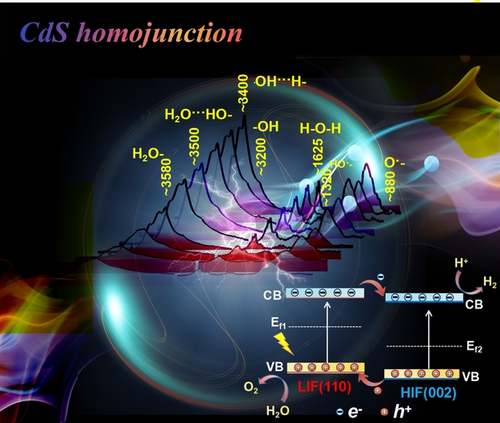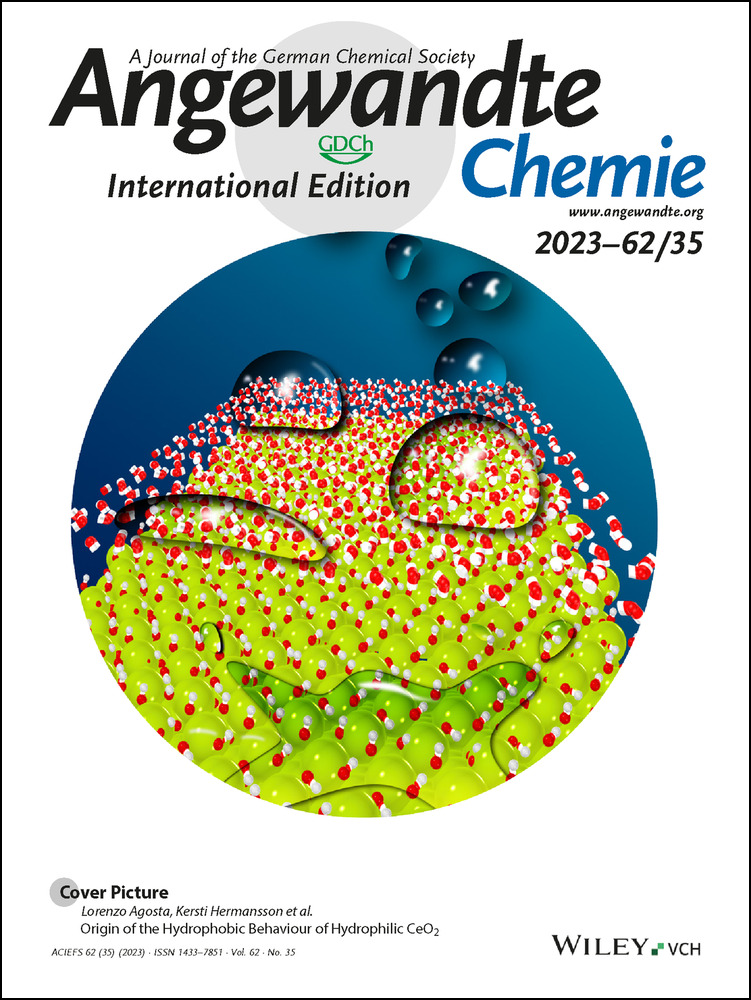Regulation of d-Band Centers in Localized CdS Homojunctions through Facet Control for Improved Photocatalytic Water Splitting
Graphical Abstract
The d-band center of localized CdS homojunctions has been regulated by high and low index facet control for chemically adsorbing and activating key intermediates in water overall splitting reaction. Photoexcited electrons and holes are separately transferred to reductive (002) and oxidative (110) facets within localized field to dehydrogenate *-OH and couple *-O for hydrogen (H2) and oxygen evolution at a solar-to-H2 efficiency of 2.20 %.
Abstract
The accelerated kinetic behaviour of charge carrier transfer and its unhindered surface reaction dynamic process involving oxygenated-intermediate activation and conversion are urgently required in photocatalytic water (H2O) overall splitting, which has not been nevertheless resolved yet. Herein, localized CdS homojunctions with optimal collocation of high and low index facets to regulate d-band center for chemically adsorbing and activating key intermediates (*-OH and *-O) have been achieved in H2O overall splitting into hydrogen. Density functional theory, hall effect, and in situ diffuse reflectance infrared Fourier transform spectroscopy confirm that, electrons and holes are kinetically transferred to reductive high index facet (002) and oxidative low index facet (110) of the localized CdS homojunction induced by facet Fermi level difference to dehydrogenate *-OH and couple *-O for hydrogen and oxygen evolution, respectively, along with a solar conversion into hydrogen (STH) of 2.20 % by Air Mass 1.5 Global filter irradiation. These findings contribute to solving the kinetic bottleneck issues of photocatalytic H2O splitting, which will further enhance STH.
Open Research
Data Availability Statement
The data that support the findings of this study are available from the corresponding author upon reasonable request.





